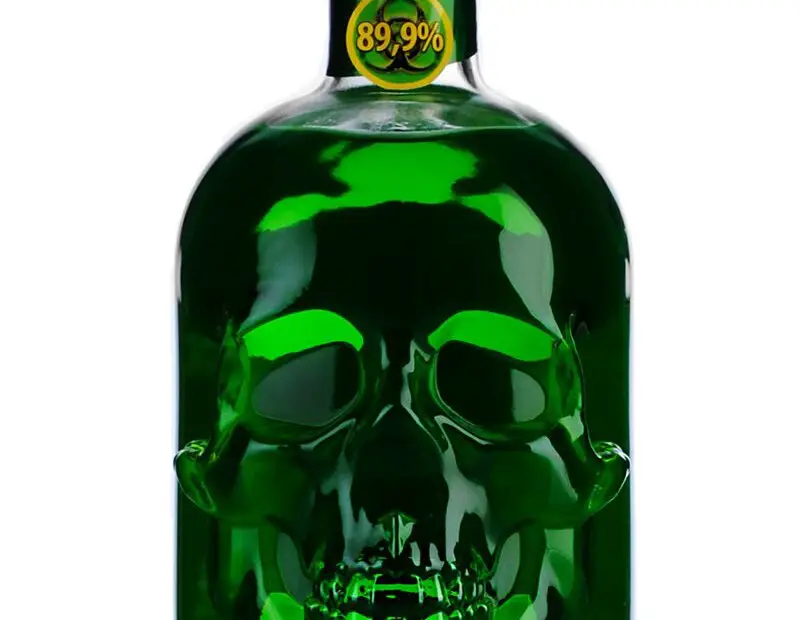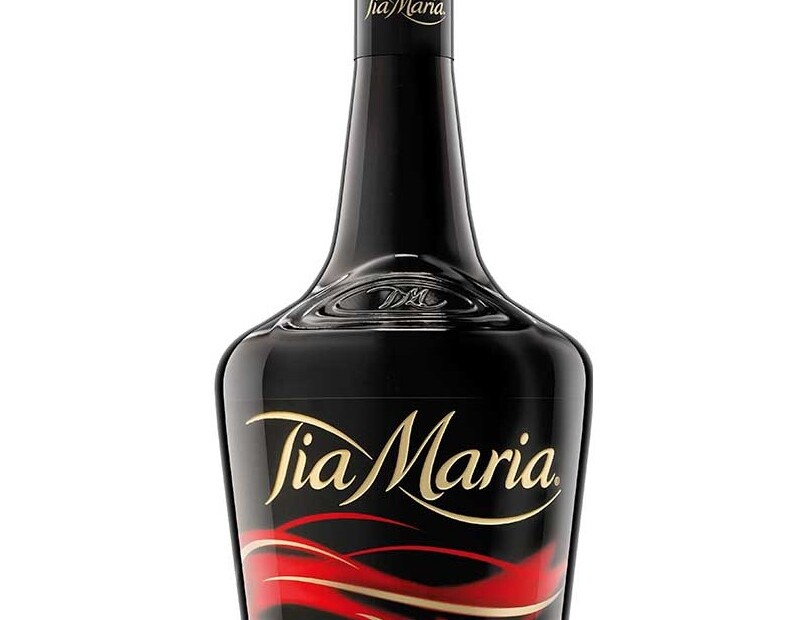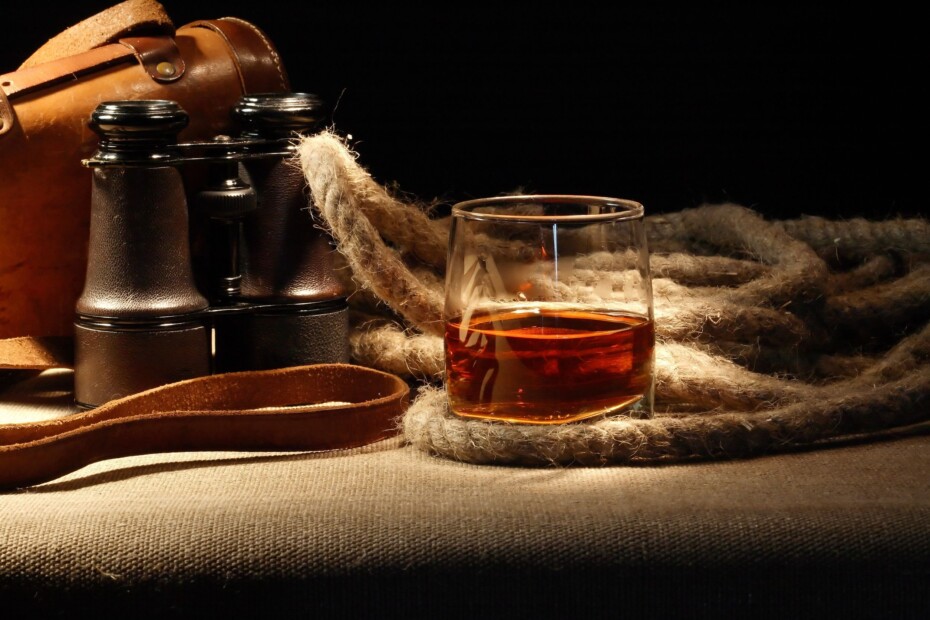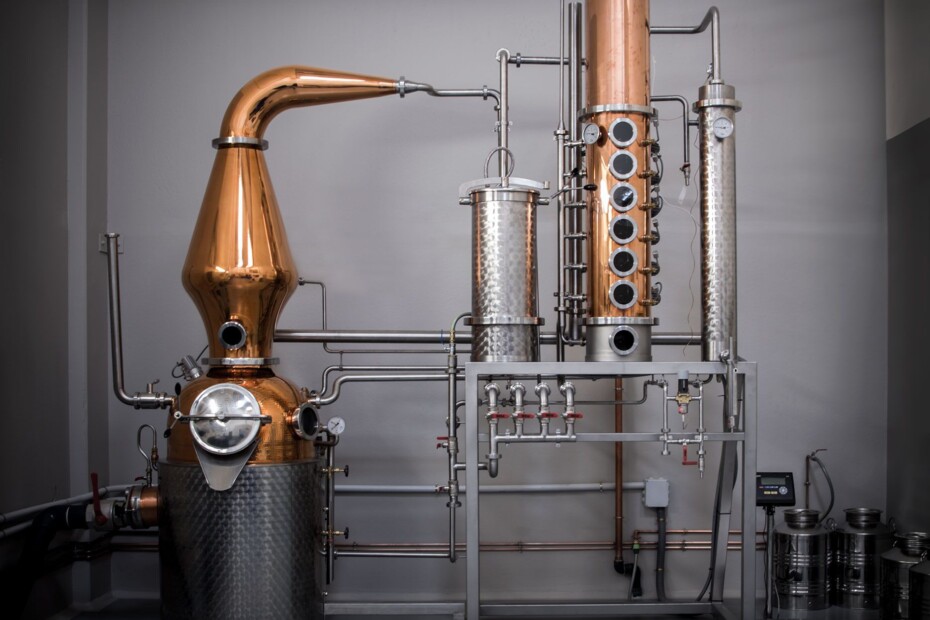what is Absinthe? How to drink it? Types, alcohol content and much more. Absinthe is a drink with a high alcoholic content that is characterized by being aromatic. It can be drunk alone or with company and has gradually conquered cities such as Berlin, New York and London.
Absinthe has been gradually making its way, so its name does not go unnoticed by many who seek to enjoy different flavors and full of nuances that envelop the palate. That is why this time we will tell you more about this interesting alcoholic beverage.
En esta nota, encontraras lo siguiente
what is Absinthe?
Absinthe is a liqueur obtained by distilling several Mediterranean plants, among which wormwood, anise and fennel are the main ones. It has a light aniseed flavor with a bitter background of complex tints thanks to the combination of the herbs with which it is made.
Absinthe is also known as Green Devil or Green Fairy thanks to its particular color, and its colorful greenish appearance makes it a charming drink.
Origin of Absinthe
The origin of absinthe is uncertain, however everything seems to indicate that it originated in Europe, it seems that the recipe was discovered by a French doctor named Pierre Ordinaire around 1790 who lived in Switzerland. The nuns of the Couvet convent, in Switzerland, sold the drink elaborated by the doctor as an elixir, which led it to become a popular drink. 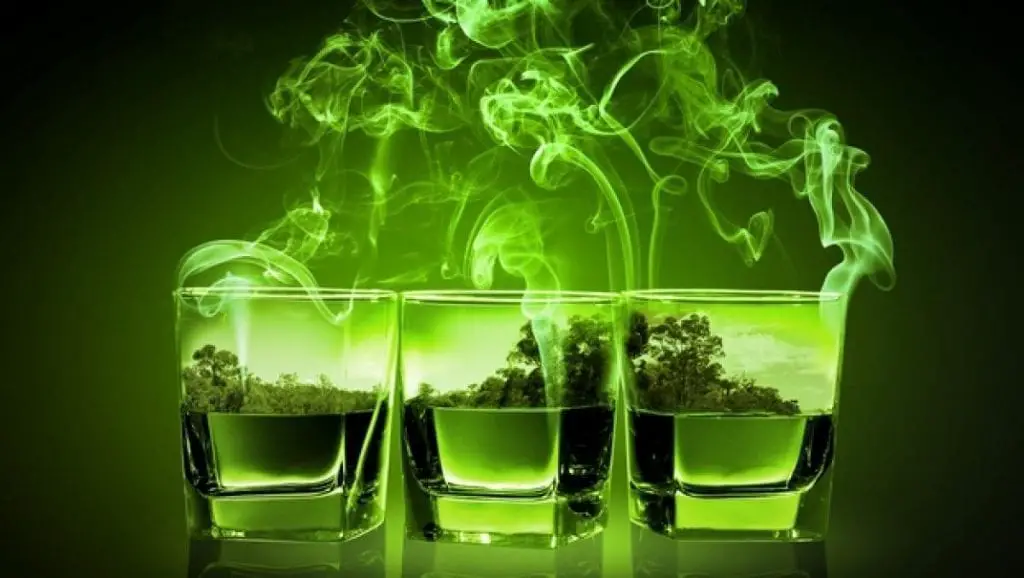 But Major Dubied was the first person to acquire the recipe from the nuns and pass it on to his son Marcellin and his son-in-law Henry-Louis Pernod, who opened the first absinthe distillery.
But Major Dubied was the first person to acquire the recipe from the nuns and pass it on to his son Marcellin and his son-in-law Henry-Louis Pernod, who opened the first absinthe distillery.
The popularity of this drink and its strong demand made them build a second distillery in Pontarlier in 1805, but its popularity did not stop there. It continued to increase to the point that it was offered to French troops as an antipyretic medicine.
Absinthe, the most popular drink of the 19th century throughout France!
Absinthe became the most popular drink of the 19th century in France and famous artists such as Van Gogh, Manet and Picasso contributed to its popularity by making it their favorite. They also claimed that it boosted their creativity thanks to its psychoactive component.
But the lack of knowledge and scientific instruments in the 19th century and the lack of control of alcoholism in Europe, attributed to absinthe the possibility of generating hallucinations and causing dementia.
These reasons led to the prohibition of its distribution and consumption in some countries. Then with the passage of time and scientific research on it proved that it was not harmful.
Types of Absinthe
According to its elaboration, absinthe can be obtained thanks to two types of processes which in turn generate different types of this interesting liquor. 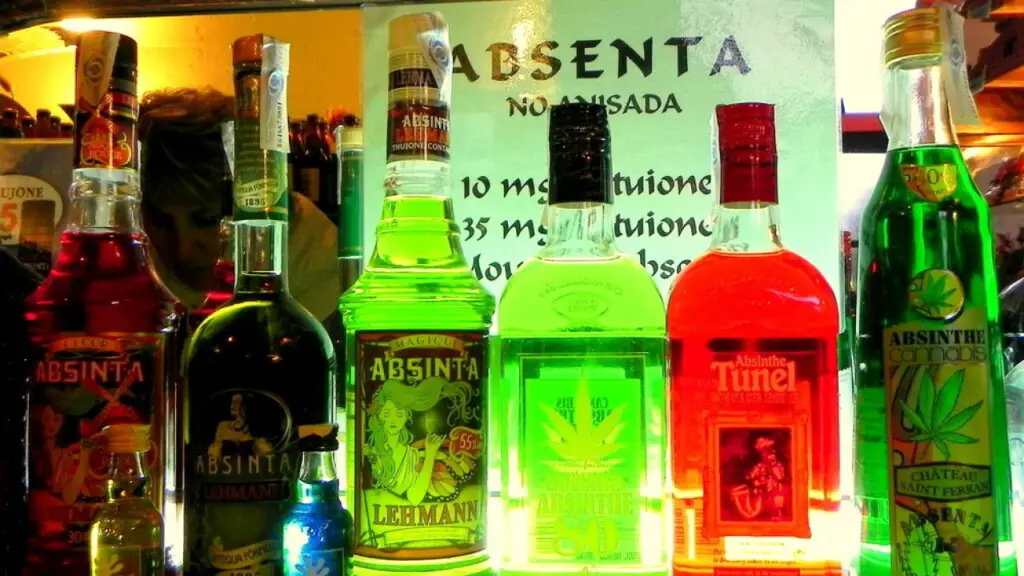
Undistilled
Absinthe is obtained thanks to the maceration of its ingredients, which are left for a few days in order to form the liquorous liquid, usually a very bitter broth.
Distilled
This absinthe is obtained thanks to maceration and then goes through the distillation process. Water is then added, which allows the appropriate alcohol content to be obtained. Other components can be added to the distilled absinthe to vary its color, aroma, among other aspects. According to this addition of ingredients we can obtain:
- White: It is the absinthe that is bottled directly after the distillation process without the addition of any other component and is characterized by being very clear.
- Green: It is the French variety and is obtained from the mixture with herbs.
- Spanish: It is characterized for being much sweeter than the French variety
- Homemade: It is made in Germany with homemade methods, which is why it takes its name.
what is Black Absinthe?
Black Absinthe is a variety elaborated in Spain that has an alcoholic content of 89.9% that does not make it indifferent at all. It stands out for presenting an interesting dark black color and a horned Devil in its presentation that steal the attention of many people
what is Green Absinthe?
Green absinthe is made mainly in France and owes its color mainly to the mixture obtained by distillation and then herbal ingredients are added, which allows it to obtain its particular greenish color.
how many degrees of alcohol does Absinthe have?
Absinthe is an alcoholic beverage with a high alcohol content, usually between 65% and 89% alcohol content.
how to prepare absinthe?
Absinthe is a very particular alcoholic drink that is prepared with water, wormwood, fennel flowers and anise in the traditional way and with other herbs such as mint, licorice, juniper, etc., which give it color and more flavor.
The preparation of absinthe is carried out with a process of maceration and distillation that allows it to obtain the alcoholic graduation that characterizes it and its organoleptic composition so peculiar.
Its variety in terms of color is generated thanks to the time of exposure to the light of chlorophyll, which results in colors ranging from emerald green, greenish yellow to brown.
how should Absinthe be drunk?
Absinthe, being a drink with a high alcoholic content, it is advisable to consume it in moderation, as with other liquors, since excess can have serious health consequences. 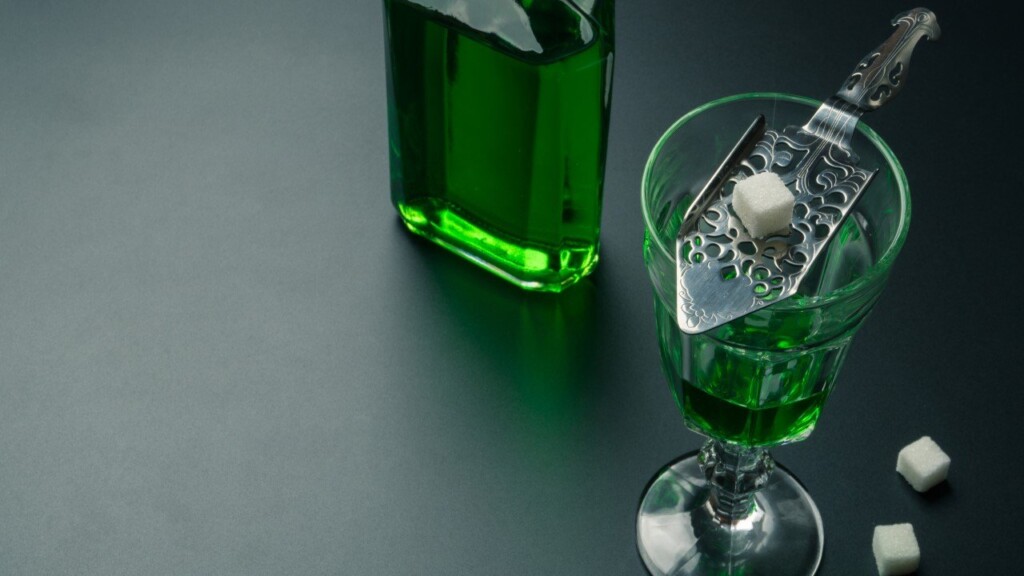 Absinthe can be drunk on its own, with water or it can even be used as a base when making different cocktails. The truth is that its preparation is a kind of ritual that you should know:
Absinthe can be drunk on its own, with water or it can even be used as a base when making different cocktails. The truth is that its preparation is a kind of ritual that you should know:
- The correct way is to serve the absinthe in a special glass that has a lower bulge that marks the right amount to use, which is 30ml.
- Once the absinthe has been poured into the glass, a special spoon with holes should be placed on it
- Place a sugar cube on the spoon with holes
- Pour water slowly over the sugar cube
- The water dissolves the sugar producing a cloudy liquid known as louche
The water is the one that allows diluting the proportion of alcohol and at the same time reveals the organoleptic characteristics that absinthe presents in its composition, while the sugar allows lowering the bitterness that this charming drink presents at the beginning.

